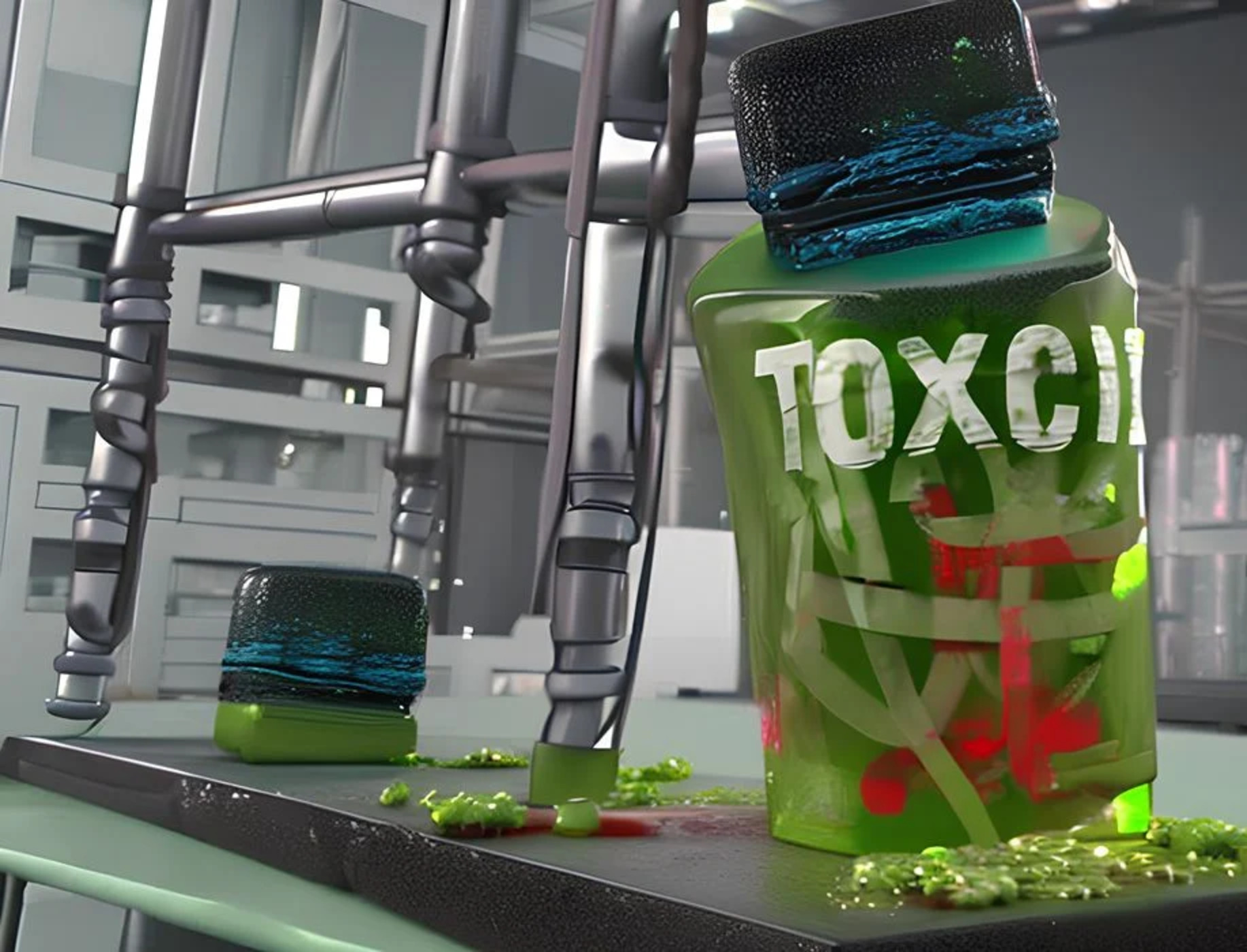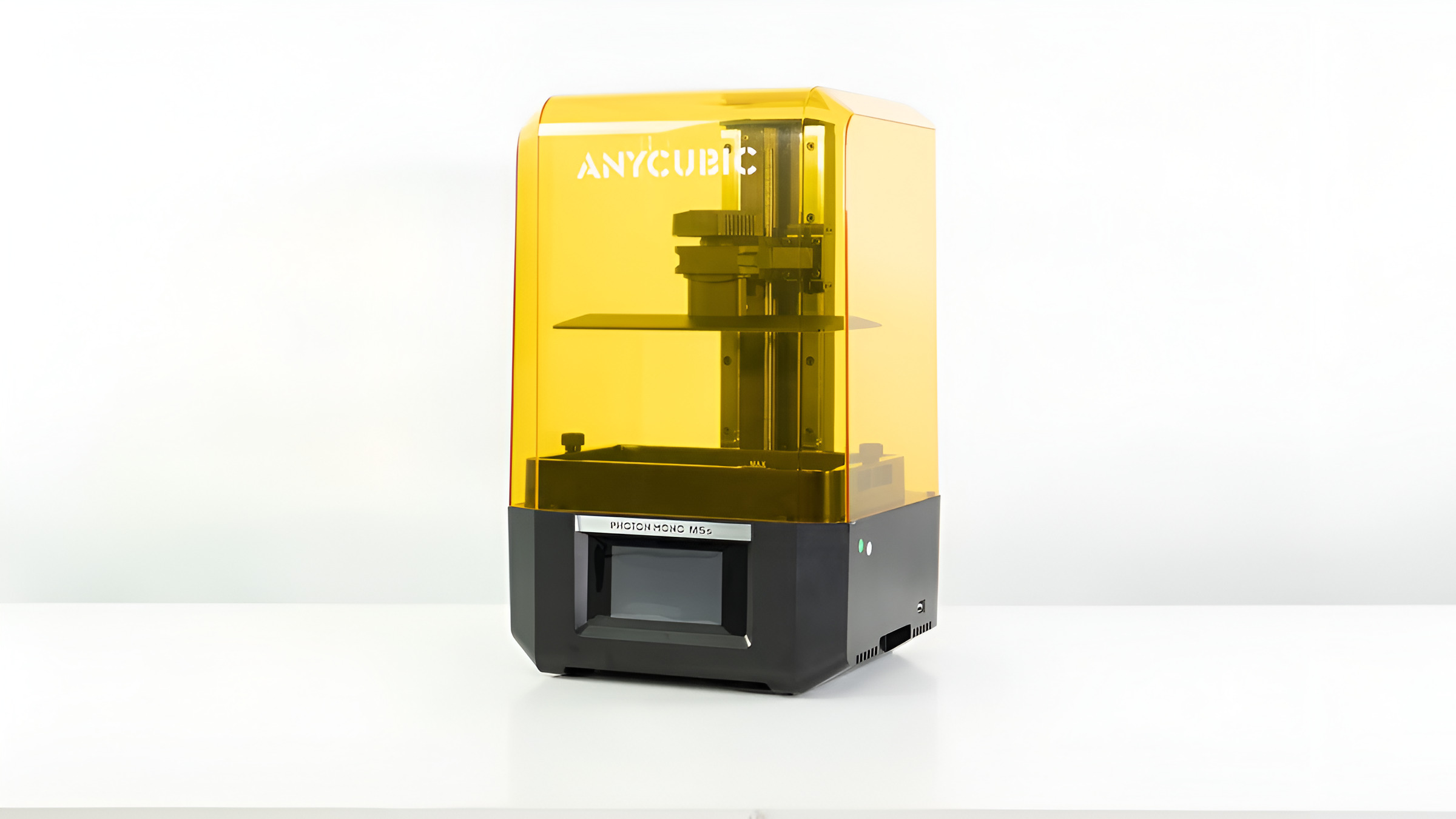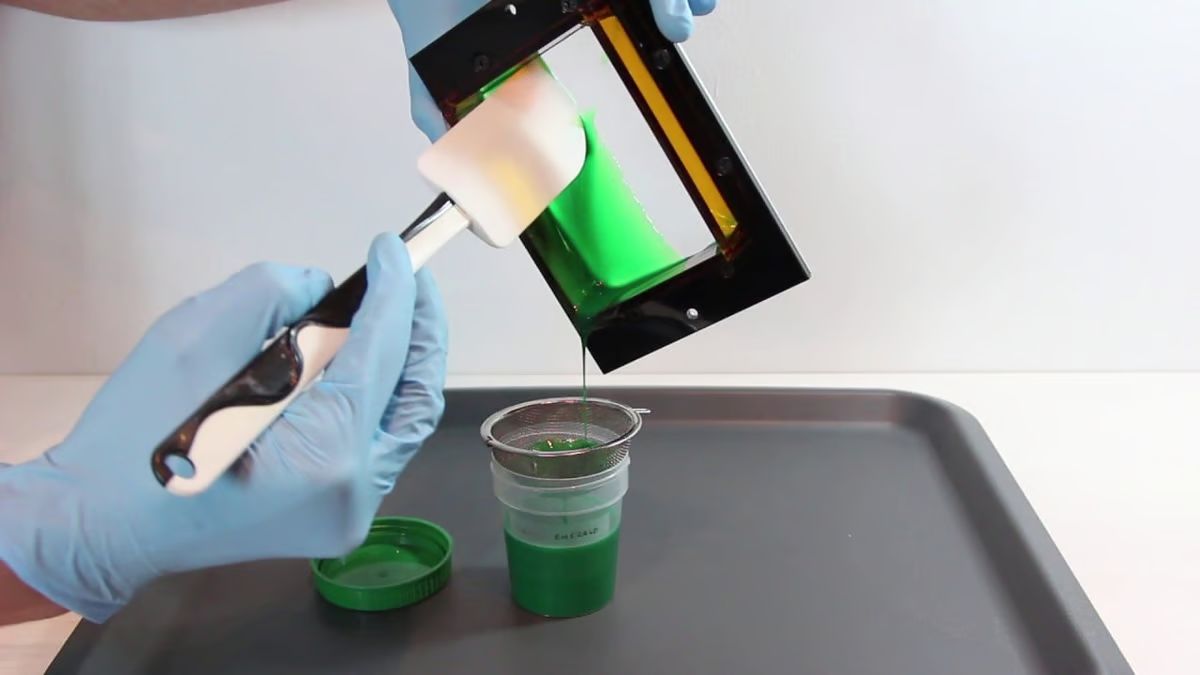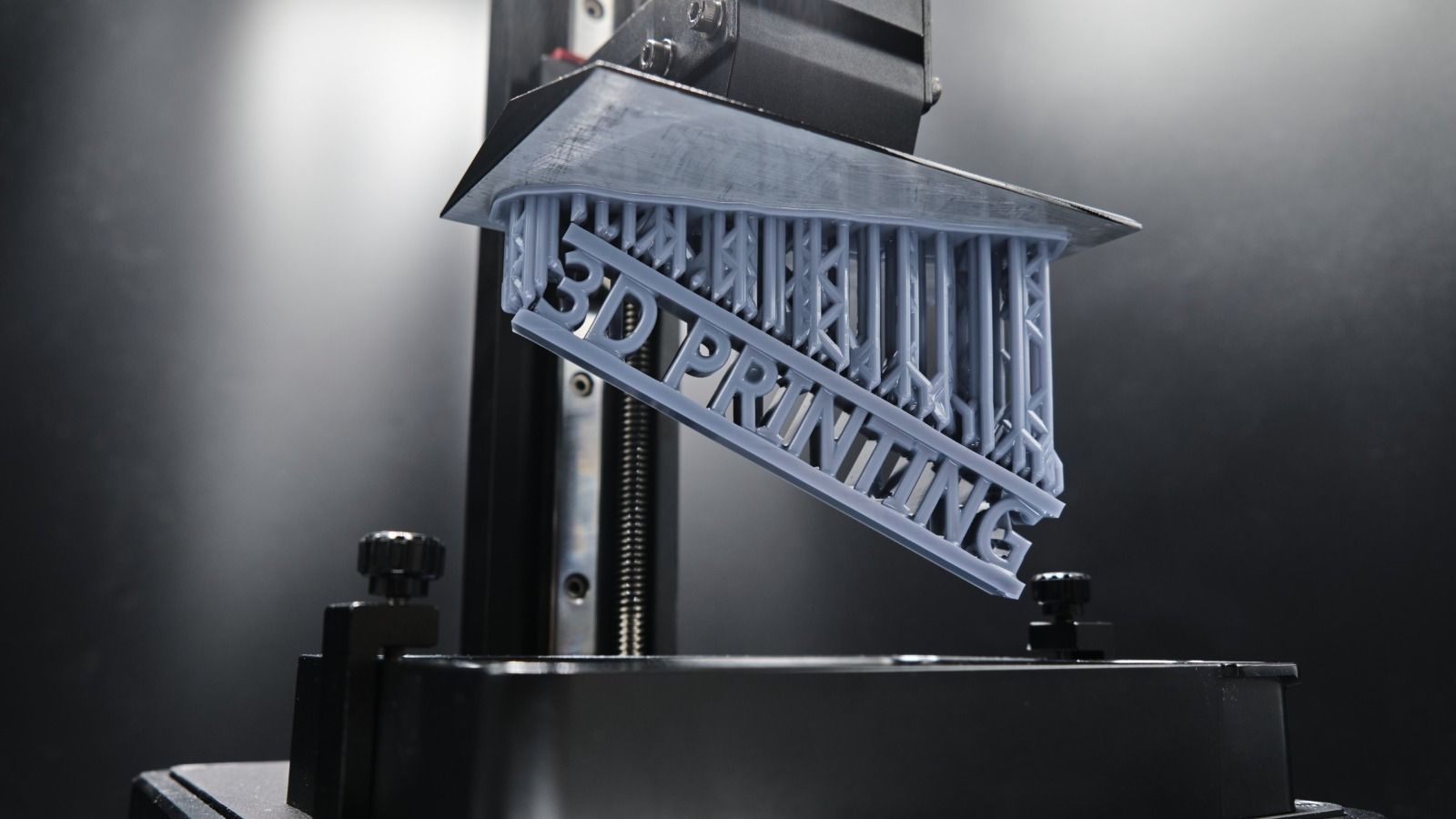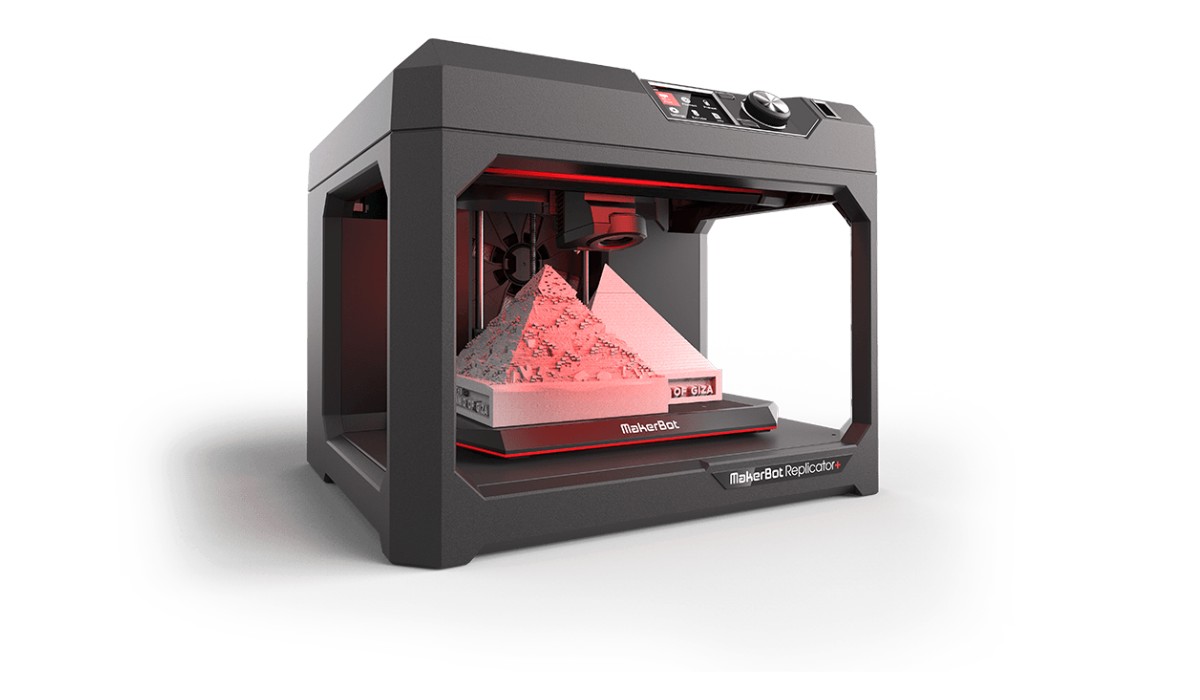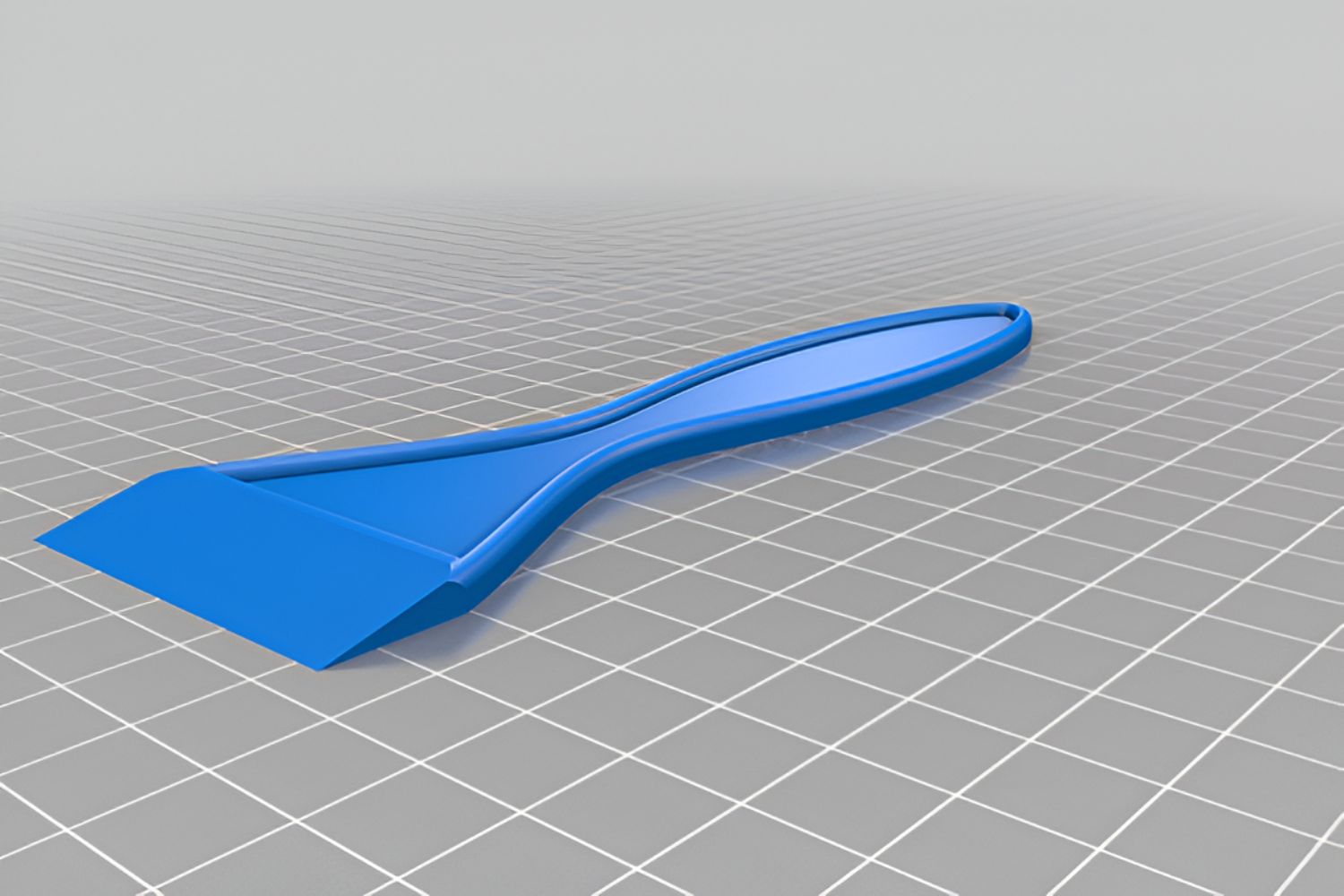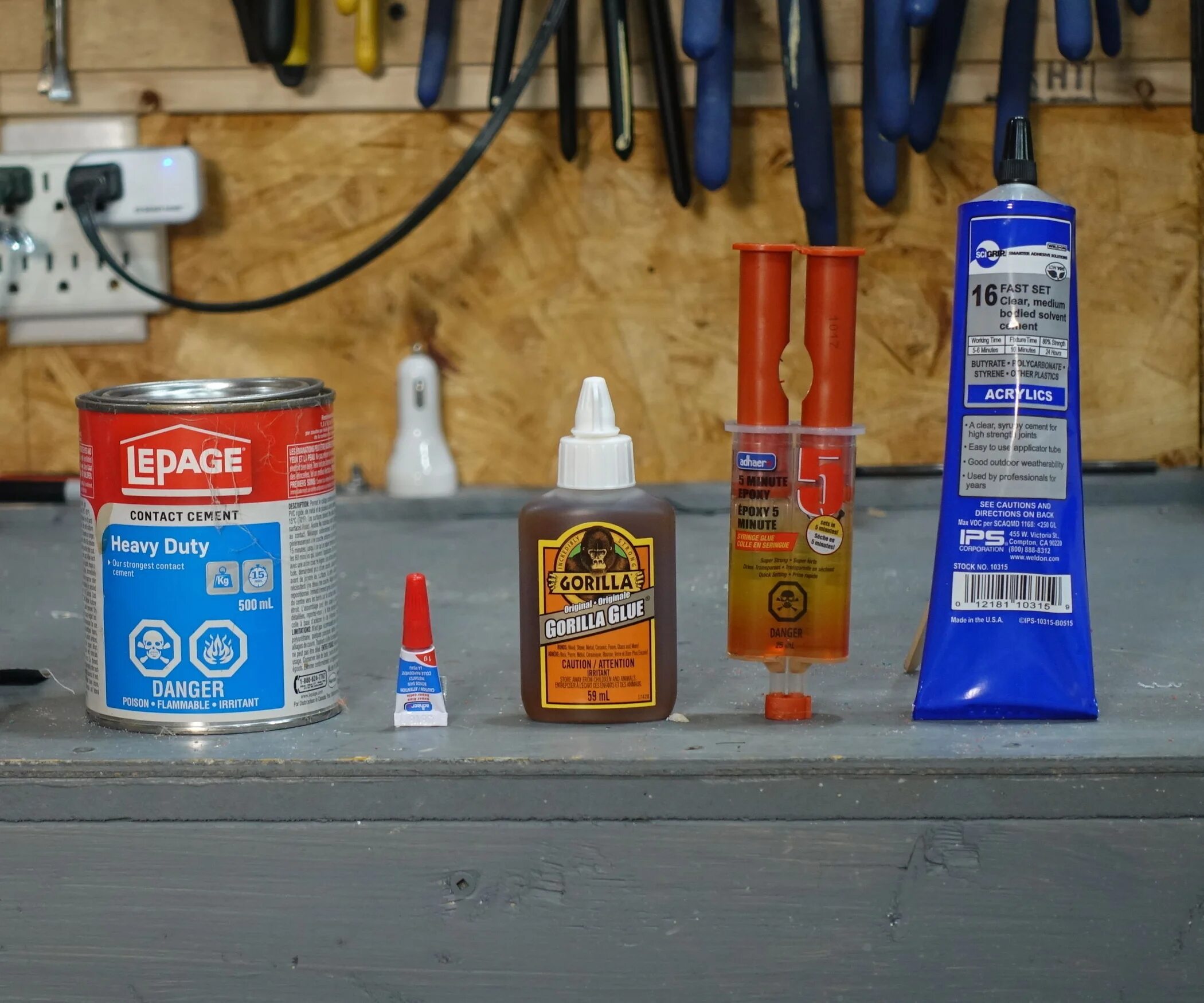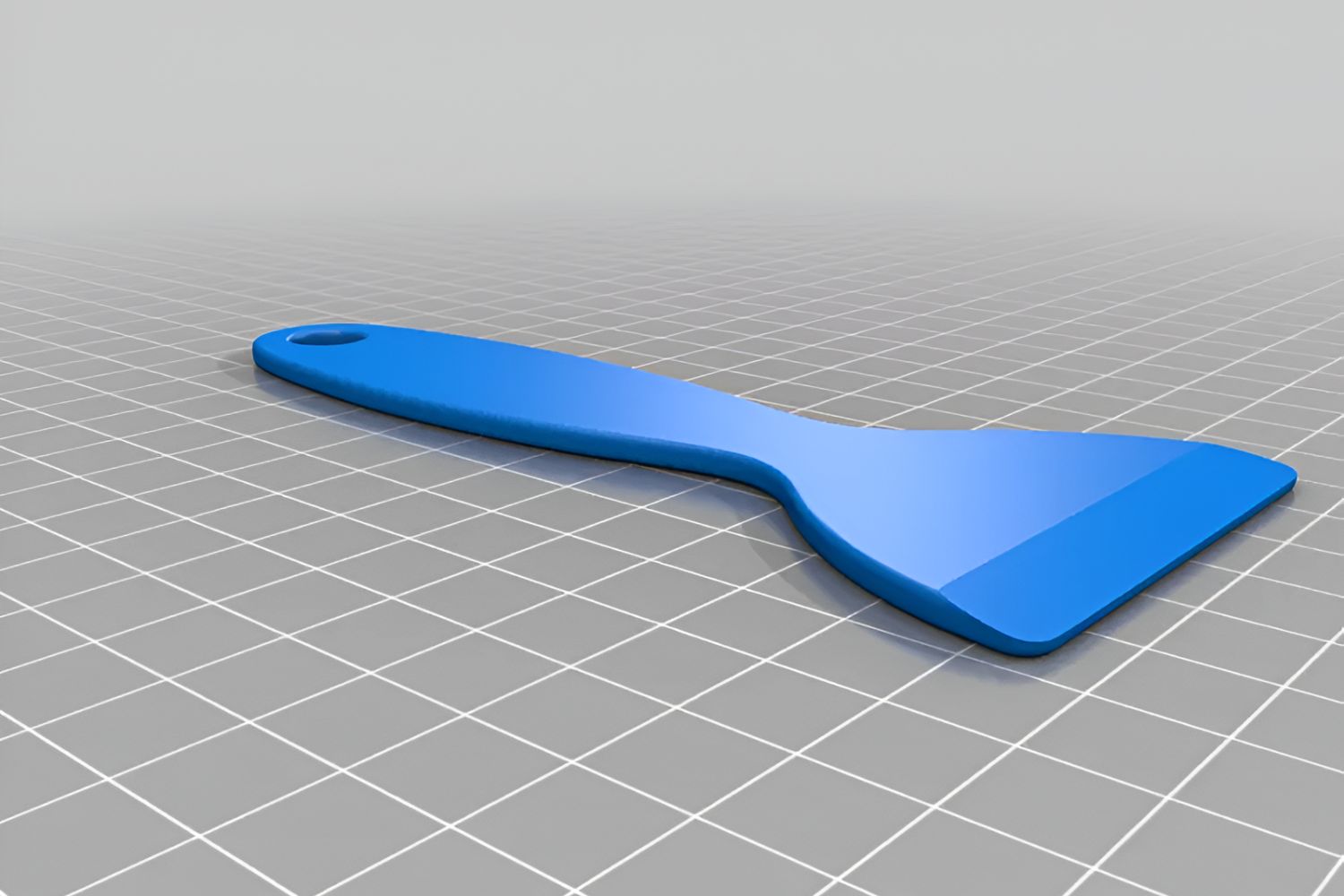The Dangers of Resin 3D Printing
Resin 3D printing, also known as stereolithography (SLA) or digital light processing (DLP), is a fascinating technology that has revolutionized the world of additive manufacturing. Unlike traditional filament-based 3D printing, resin printing involves the use of a liquid photopolymer resin that is cured layer by layer using UV light to create intricate and detailed objects. However, while resin printing offers many benefits, it is crucial to be aware of the potential dangers associated with this process.
Harmful Fumes: One of the main concerns with resin 3D printing is the emission of toxic fumes. The photopolymer resin used in this process contains volatile organic compounds (VOCs) that can be released into the air during printing. These VOCs can have harmful effects on human health, including respiratory irritation, dizziness, and nausea. It is important to ensure proper ventilation to minimize exposure to these fumes.
Skin Contact Risks: Resin printing requires direct contact with the liquid resin, which can be hazardous to the skin. Some resins may cause skin irritation or allergic reactions. It is crucial to wear protective gloves and clothing when handling the resin to prevent any skin contact.
Inhalation Risks: In addition to fumes, there is also a risk of inhaling particles emitted during the resin printing process. Fine particles known as particulate matter can be released into the air and inhaled, leading to potential respiratory issues. It is advisable to use a properly designed and maintained ventilation system to filter out these particles and ensure a safe working environment.
Eye Irritation: Resin printing exposes the eyes to potential hazards. Splashes or accidental contact with the resin can cause eye irritation or, in severe cases, corneal damage. It is essential to wear appropriate eye protection, such as safety goggles, to shield the eyes from any potential risks.
While the potential hazards of resin 3D printing should not be ignored, there are precautions and safety measures that can be taken to minimize the risks involved in this process. It is crucial to prioritize safety and follow these measures to protect yourself and others in the work environment.
Introduction
Resin 3D printing has gained significant popularity in recent years for its ability to produce high-resolution, intricate objects. This innovative technology, also known as stereolithography (SLA) or digital light processing (DLP), uses a liquid photopolymer resin that is cured layer by layer to create three-dimensional objects. While resin printing has revolutionized the world of additive manufacturing, it is essential to understand the potential dangers associated with this process.
Unlike traditional filament-based 3D printing, resin printing offers exceptional precision and detail, making it ideal for creating small, intricate models, jewelry, dental implants, and other highly detailed objects. The process involves submerging a build platform into a vat of liquid resin. A UV light source then selectively cures the resin, solidifying the desired shape layer by layer. Once the printing process is complete, the object is carefully removed and undergoes post-processing steps such as rinsing and curing to achieve its final form.
Despite the numerous advantages of resin 3D printing, it is important to be aware of the potential risks involved. One of the primary concerns is the emission of toxic fumes during the printing process. The liquid resin used in resin printing contains volatile organic compounds (VOCs), which can be released into the air when exposed to UV light. Prolonged exposure to these fumes can lead to health issues such as respiratory irritation, dizziness, and nausea.
Furthermore, direct skin contact with the liquid resin can pose risks to the skin. Some resins may cause skin irritation or allergic reactions, making it crucial to wear appropriate protective gloves and clothing while handling the resin. In addition, inhaling the fine particles known as particulate matter that are released during the printing process can lead to respiratory problems. Proper ventilation and the use of air filtration systems are essential to reduce exposure to these particles.
Protecting the eyes is also vital when working with resin 3D printing. Accidental splashes or contact with the resin can cause eye irritation or even corneal damage. Wearing safety goggles or protective eyewear is crucial to safeguard against these risks.
While the potential dangers of resin printing exist, taking appropriate precautions and following safety measures can greatly reduce the associated risks. Proper ventilation, personal protective equipment, and adherence to safe handling and disposal practices are crucial for creating a safe working environment.
What Is Resin 3D Printing?
Resin 3D printing, also known as stereolithography (SLA) or digital light processing (DLP), is an advanced additive manufacturing technique that produces highly detailed, intricate objects with exceptional precision. Unlike traditional filament-based 3D printing, resin printing uses a liquid photopolymer resin that is cured layer by layer to create three-dimensional models.
The process of resin printing begins with a vat or tank filled with liquid resin. To start the printing process, a build platform is carefully lowered into the resin, just above the surface. An ultraviolet (UV) light source, such as a laser or a digital projector, emits a specific pattern of light onto the liquid resin, causing it to solidify on the build platform.
As the UV light hits the liquid resin, it initiates a chemical reaction called photopolymerization. This process causes the liquid resin to harden or cure wherever the UV light touches it. Layer by layer, the build platform is gradually lifted or moved away from the resin tank, and the UV light continues to cure the resin, forming the desired object.
Once the printing process is complete, the object remains attached to the build platform. It is then carefully removed and undergoes post-processing steps to achieve its final form. Common post-processing techniques for resin 3D printed objects include rinsing the object in a solvent to remove any uncured resin, curing the object under UV light to fully solidify the resin, and sometimes sanding or applying a coat of paint or varnish to achieve the desired finish.
Resin 3D printing offers several advantages over traditional filament-based printing methods. One of the key advantages is the ability to produce highly detailed and intricate models with smooth surfaces and fine features. The layer height, or resolution, in resin printing can go as low as 25 microns, resulting in incredibly precise and accurate prints.
Furthermore, resin printing allows for the creation of objects with complex geometries and hollow structures. The liquid resin supports itself during the printing process, eliminating the need for extensive support structures commonly used in filament-based printing. This reduces material waste and post-processing efforts, making resin printing more efficient and cost-effective for certain applications.
It is important to note that different types of resins are available for resin 3D printing, each offering unique properties and characteristics. Some resins are specifically formulated for high strength, while others are designed for flexibility or clarity. The choice of resin depends on the specific requirements of the printed object.
Resin 3D printing has opened up new possibilities for creating intricate, detailed objects across various industries, including jewelry design, dentistry, product prototyping, and more. However, it is essential to be aware of the potential dangers and take appropriate safety measures when working with resin materials.
How Does Resin Printing Work?
Resin 3D printing, also known as stereolithography (SLA) or digital light processing (DLP), is a sophisticated additive manufacturing process that creates three-dimensional objects using a liquid photopolymer resin. The process involves several steps, from preparing the digital model to post-processing the printed object.
The first step in resin printing is preparing a digital 3D model of the object that is to be printed. This model is typically created using 3D modeling software or obtained from a repository of pre-designed models. The digital model is then sliced into thin layers using slicing software, which determines the path and exposure time for the UV light during the printing process.
Once the model is prepared, the resin printing process begins. A tank or vat is filled with the liquid photopolymer resin, which is typically a viscous liquid with specific properties suitable for curing with UV light. The printer’s build platform, upon which the object will be formed, is carefully positioned just above the surface of the resin.
An ultraviolet (UV) light source, such as a laser or a digital projector, emits a controlled pattern of UV light onto the liquid resin. This UV light initiates a reaction in the resin known as photopolymerization. When the UV light contacts the liquid resin, it causes the polymer chains in the resin to cross-link and solidify, forming a solid layer corresponding to the sliced section of the digital model.
Once a single layer is cured, the build platform is gently lifted or moved away from the resin tank, making space for the next layer to be formed. The UV light source continues to expose the resin and cure each new layer according to the slicing data, gradually building the object layer by layer. This process is repeated until the entire object is printed.
After the printing process is complete, the printed object remains attached to the build platform and is carefully removed. The object then undergoes post-processing steps to achieve its final form. This typically involves rinsing the object in a solvent to remove any uncured resin and curing the object under UV light to fully solidify the resin. Depending on the desired outcome, additional post-processing techniques like sanding, polishing, or applying a specific finish may be employed.
It is important to note that the success of resin printing depends on several factors, including the choice of the right resin, optimization of the printing parameters, and proper calibration of the printer. Each resin type may have specific requirements regarding exposure time, layer thickness, and supports, which should be taken into consideration for successful printing and optimal results.
Resin printing has revolutionized the world of additive manufacturing, enabling the creation of highly detailed and intricate objects with smooth surfaces and fine features. By understanding the process behind resin printing, one can appreciate its capabilities and potential applications in various industries.
Potential Toxicity of Resin Printing
While resin 3D printing offers numerous advantages, it is important to be aware of the potential risks and toxicity associated with this process. The liquid photopolymer resin used in resin printing contains chemicals and compounds that can have adverse effects on human health. Understanding these risks is crucial to ensure the safety of individuals working with resin printers.
Harmful Fumes: One of the primary concerns with resin printing is the emission of toxic fumes. When the resin is exposed to UV light during the printing process, it undergoes a chemical reaction that produces volatile organic compounds (VOCs). These VOCs can include chemicals such as acrylate monomers, which have the potential to release fumes into the air. Prolonged exposure to these fumes can lead to respiratory irritation, dizziness, nausea, and other health issues.
Skin Contact Risks: Direct contact with the liquid resin can be harmful to the skin. The resin may contain sensitizing agents or irritants that can cause skin allergies or irritation. Some individuals may be more prone to developing allergic reactions when in contact with certain resins. It is crucial to exercise caution and wear protective gloves and clothing when handling the resin to minimize the risk of skin contact.
Inhalation Risks: In addition to fumes, resin 3D printing can release fine particles known as particulate matter into the air. These particles can be inhaled and pose a risk to the respiratory system. Long-term exposure to airborne particulate matter can result in respiratory problems, especially for individuals with pre-existing respiratory conditions. Proper ventilation, air filtration, and the use of respirators can help minimize the inhalation of these particles.
Eye Irritation: Accidental contact with the liquid resin or exposure to resin fumes can cause eye irritation. The eyes are particularly sensitive to the chemicals present in the resin, and direct contact or splashes can lead to redness, itching, and discomfort. It is essential to wear appropriate eye protection, such as safety goggles or face shields, to prevent any potential eye-related hazards.
It is important to note that not all resins pose the same level of toxicity, as different formulations may contain varying concentrations of harmful compounds. Manufacturers often provide material safety data sheets (MSDS) that outline the potential health hazards associated with each specific resin. It is crucial to review these documents and follow the recommended safety guidelines.
To mitigate the potential toxicity of resin 3D printing, certain precautions and safety measures should be followed. Adequate ventilation in the printing area is essential to ensure the dispersion of fumes and particles. The use of personal protective equipment (PPE), such as gloves, goggles, or respirators, can provide an additional layer of protection. Proper storage, handling, and disposal of resin materials are also important to minimize any environmental impact.
By understanding the potential risks and taking necessary precautions, individuals can safely enjoy the benefits of resin printing while minimizing the potential adverse health effects associated with the process.
Harmful Fumes
One of the primary concerns related to resin 3D printing is the emission of toxic fumes during the printing process. The liquid photopolymer resin used in resin printing contains chemicals known as volatile organic compounds (VOCs), which can be released into the air as fumes when exposed to UV light. These fumes pose a potential risk to the respiratory system and overall health.
Several factors contribute to the production of harmful fumes during resin printing. The photopolymer resin consists of various chemical components, including acrylate monomers and other additives. When exposed to UV light, these chemicals initiate a chemical reaction known as photopolymerization, causing the resin to solidify and form the desired object. However, during this process, some VOCs can evaporate into the surrounding air as fumes.
Long-term exposure to these fumes can lead to various health issues. Respiratory irritation is a common concern, as these fumes can irritate the lungs and airways, causing coughing, wheezing, or shortness of breath. Prolonged exposure may also result in more severe respiratory problems and can exacerbate existing respiratory conditions such as asthma and chronic obstructive pulmonary disease (COPD).
To mitigate the potential risks associated with harmful fumes, proper ventilation is crucial. Adequate airflow in the printing area helps to disperse the fumes and reduce their concentration in the air. This can be achieved by using exhaust fans or opening windows and doors to allow for fresh air circulation. It is recommended to set up the resin printer in a well-ventilated space or consider using a fume extraction system specifically designed for resin printing.
In addition to ventilation, personal protective equipment (PPE) can provide an extra layer of defense against harmful fumes. Wearing a respirator or a mask that is specifically designed to filter out potentially hazardous airborne particles can help minimize the inhalation of fumes. It is important to select a respirator that is suitable for the type of resin being used and follow the manufacturer’s guidelines for proper usage. Regular replacement of filters is also essential to maintain their effectiveness.
Furthermore, it is crucial to be aware of the specific resin being used and the associated safety precautions. Manufacturers often provide material safety data sheets (MSDS) that outline the potential health hazards associated with each specific resin. Reading and following the guidelines provided in the MSDS can help mitigate the risks of harmful fume exposure and ensure safe handling practices.
By implementing proper ventilation, utilizing appropriate PPE, and being aware of the specific risks associated with resin fumes, individuals can minimize the potential harm and enjoy resin 3D printing with greater peace of mind.
Skin Contact Risks
Resin 3D printing involves direct contact with the liquid photopolymer resin, which can pose risks to the skin. It is crucial to be aware of the potential hazards and take appropriate precautions to protect against skin contact-related issues.
The liquid resin used in resin printing may contain sensitizing agents or irritants that can cause skin allergies or irritation in some individuals. Contact dermatitis, characterized by redness, itchiness, or rash, can occur as a result of prolonged or repeated exposure to certain resins. These reactions can vary in severity, from mild irritation to more severe allergic responses.
To minimize the risk of skin contact, wearing appropriate protective gloves and clothing is essential. Nitrile gloves are commonly recommended as they provide a barrier between the skin and the resin, preventing direct contact and reducing the likelihood of skin-related reactions. It is important to select gloves that are chemically resistant and suitable for the specific resin being used, as different resins may have varying chemical compositions that can influence compatibility with different glove materials.
In addition to gloves, wearing long sleeves and pants, along with closed-toe shoes, can provide further protection against skin contact. These clothing items act as a barrier that reduces the risk of resin coming into contact with exposed skin. It is important to note that resin can be sticky and may adhere to clothing, so it is advisable to wear garments that can be easily cleaned or disposed of if necessary.
If skin contact occurs despite precautions, it is important to promptly remove any contaminated clothing and thoroughly wash the affected area with mild soap and water. If any signs of skin irritation or allergic reactions persist or worsen, it is advisable to seek medical attention.
It is crucial to read and follow the manufacturer’s guidelines provided in the material safety data sheets (MSDS) for the specific resin being used. These documents outline the potential health hazards and recommended safety precautions for handling the resin. By following the guidelines and adopting safe handling practices, the risks associated with skin contact can be minimized.
Furthermore, it is important to be mindful of individual sensitivities or allergies to certain resins. Regular skin patch tests can help identify any potential allergies or sensitivities before prolonged exposure to a specific resin. If any signs of skin irritation or allergic reactions occur during or after resin printing, it is crucial to discontinue use and consult a healthcare professional.
By implementing proper protective measures, including wearing gloves and suitable clothing, following safety guidelines, and being mindful of individual sensitivities, individuals can reduce the risks associated with skin contact and ensure a safe resin printing experience.
Inhalation Risks
In addition to the potential risks associated with fumes, resin 3D printing can also pose inhalation hazards due to the release of fine particles known as particulate matter into the air. Inhalation of these particles can be detrimental to respiratory health, especially when exposed to them for extended periods.
During the resin printing process, the curing of the liquid resin through photopolymerization can produce small particles that become airborne. These particles can vary in size, ranging from a few micrometers to several hundred micrometers. When inhaled, these particles can penetrate deep into the respiratory system, reaching the lungs.
Prolonged exposure to airborne particulate matter can lead to respiratory issues such as coughing, wheezing, and difficulty breathing. Individuals with pre-existing respiratory conditions, such as asthma or chronic obstructive pulmonary disease (COPD), may experience exacerbated symptoms. It is essential to understand and mitigate the inhalation risks associated with resin printing.
Proper ventilation of the workspace is crucial to reduce the concentration of particulate matter in the air. Adequate airflow helps disperse the particles and minimize their inhalation. Setting up the resin printer in a well-ventilated area or using exhaust fans can help achieve better air circulation and reduce the health risks associated with inhaling the particles.
In addition to ventilation, using air filtration systems can help remove harmful particles from the air. High-efficiency particulate air (HEPA) filters are effective at capturing small particles, including those released during resin printing. By using a properly designed and maintained filtration system, the concentration of particles in the air can be greatly reduced, creating a safer working environment.
Furthermore, the use of personal protective equipment (PPE) such as respirators can be an effective precautionary measure against inhaling particulate matter. Respirators with appropriate filtration capabilities can provide a barrier against airborne particles, reducing the risk of inhalation. It is important to choose respirators that are specifically designed for particulate filtration and follow the manufacturer’s guidelines for proper usage.
Regular cleaning and maintenance of the resin printing equipment are also important to minimize the release of particles. Cleaning the printer, replacing filters, and regularly inspecting and maintaining the ventilation system can help ensure its proper function and minimize the release of particles into the air.
Lastly, individuals with respiratory conditions or sensitivities should take extra precautions when working with resin printers. They should consult with a healthcare professional to assess any potential risks and determine appropriate measures to mitigate those risks.
By implementing proper ventilation, using air filtration systems, wearing appropriate respiratory protection, and maintaining the printing equipment, the inhalation risks associated with resin 3D printing can be significantly reduced, providing a safer working environment for individuals involved in the process.
Eye Irritation
Resin 3D printing poses a risk of eye irritation due to potential splashes, accidental contact, or exposure to resin fumes. Protecting the eyes from these hazards is crucial to prevent discomfort and potential eye injury.
Accidental splashes or contact with the liquid resin can cause eye irritation or, in severe cases, corneal damage. The eyes are highly sensitive and vulnerable to the chemicals present in the resin. Even small amounts of resin entering the eye can lead to redness, itching, watering, or a burning sensation.
Resin fumes can also irritate the eyes when inhaled, leading to redness, dryness, and discomfort. Prolonged exposure to resin fumes without eye protection can worsen these symptoms and potentially damage the delicate structures of the eyes.
Protecting the eyes during resin printing is essential to minimize the risks of eye irritation and injury. Safety goggles or eye protection with side shields should be worn at all times when working with resin. These protective measures create a barrier between the eyes and any potential splashes, accidental contact, or resin fumes.
The eye protection chosen should offer adequate coverage and be specifically designed for the purpose of shielding the eyes from potential hazards. It is important to ensure a proper fit and to check for any damage or wear on the protective eyewear before each use.
In addition to wearing appropriate eye protection, it is essential to practice good hygiene. Hands should be washed thoroughly before and after handling the resin or any resin-related equipment. This prevents the transfer of resin or other potentially harmful substances to the eyes through inadvertent contact.
In the event of eye exposure to resin or resin fumes, immediate action should be taken. If resin comes into contact with the eyes, it is crucial to rinse the eyes immediately with clean, tepid water for at least 15 minutes. If available, an emergency eyewash station should be used to ensure thorough rinsing. Seeking immediate medical attention is also necessary, especially if the symptoms persist or worsen.
Prevention is key when it comes to protecting the eyes from resin-related hazards. By consistently wearing appropriate eye protection, practicing good hygiene, and following established safety guidelines, the risk of eye irritation and injury during resin 3D printing can be minimized.
Precautions and Safety Measures
Resin 3D printing comes with potential risks and hazards that need to be addressed to ensure the safety of individuals working with the process. By taking specific precautions and implementing safety measures, the risks associated with resin printing can be significantly minimized.
Ventilation: Proper ventilation is crucial to prevent the buildup of harmful fumes and particles in the workspace. Ensuring adequate airflow will help disperse these substances and reduce inhalation risks. Consider setting up the resin printer in a well-ventilated area, or use exhaust fans and open windows and doors to improve air circulation. Additionally, using air filtration systems, such as those equipped with high-efficiency particulate air (HEPA) filters, can further help remove harmful particles from the air.
Personal Protective Equipment (PPE): Wearing appropriate personal protective equipment (PPE) is essential to minimize the risk of exposure to resin-related hazards. PPE may include gloves, eye protection (safety goggles or face shields), and respiratory protection (respirators with suitable filters for particle filtration). It is important to select PPE that is compatible with the specific resin being used and to follow manufacturer guidelines for proper usage and maintenance.
Proper Storage and Disposal: Resin materials should be stored in tightly sealed containers in a cool, dry place, away from direct sunlight. Follow the manufacturer’s storage guidelines to ensure the longevity of the resin and to prevent any potential deterioration. When disposing of resin waste, it is important to adhere to local regulations and guidelines. This may involve proper containment and disposal of uncured resin and resin-contaminated materials, as well as recycling or proper disposal of empty resin containers.
Training and Knowledge: It is essential to have a thorough understanding of the resin printing process and the specific resin materials being used. Familiarize yourself with the material safety data sheets (MSDS) provided by the manufacturer, which outline the potential hazards and necessary safety precautions for each resin. Proper training and ongoing education regarding safe handling practices can significantly reduce the risks associated with resin printing.
Maintaining Equipment: Regular maintenance and cleaning of the resin printer are important for optimal performance and safety. Follow the manufacturer’s guidelines for maintenance, including cleaning the printer, replacing filters when necessary, and monitoring the ventilation system. Regular inspection and cleaning of the printer ensure that it functions properly and minimizes the release of harmful particles and fumes during the printing process.
Emergency Preparedness: It is essential to be prepared for potential accidents or incidents. Ensure that there is easy access to emergency eyewash stations, first aid kits, and other relevant emergency equipment. Address the necessary steps to take in the event of an accidental exposure, such as resin splashes on the skin, contact with the eyes, or inhalation of fumes or particles.
By implementing these precautions and safety measures, individuals can mitigate the risks associated with resin 3D printing and create a safer working environment. Prioritizing safety, proper ventilation, utilizing personal protective equipment, adhering to proper storage and disposal practices, maintaining equipment, and being prepared for emergencies are crucial in ensuring the well-being of those involved in the resin printing process.
Ventilation
Proper ventilation is essential when working with resin 3D printing to minimize the potential risks associated with harmful fumes and airborne particles. Adequate ventilation helps to disperse and reduce the concentration of these substances in the air, creating a safer working environment.
During the resin printing process, volatile organic compounds (VOCs) can be emitted from the liquid resin as fumes. Prolonged exposure to these fumes can lead to respiratory irritation, dizziness, nausea, and other health issues. Good airflow and ventilation help remove or dilute these fumes, reducing the risk of inhalation and associated respiratory problems.
Ventilation can be achieved in several ways. Setting up the resin printer in a well-ventilated area, such as a room with windows or access to outside airflow, allows for natural ventilation. Opening windows and doors during resin printing sessions can provide fresh air circulation and help dissipate fumes and particles.
In cases where natural ventilation is insufficient, mechanical ventilation systems can be employed. Ventilation systems with exhaust fans or air purification units can help expel fumes and filter out particulate matter from the air. These systems can be designed to directly vent the fumes and particles outdoors or to incorporate advanced air filtration technologies, such as high-efficiency particulate air (HEPA) filters.
Properly designed ventilation systems should ensure that airflows away from the working area, preventing the fumes and particles from lingering in the vicinity. The size of the ventilation system and the airflow rate should be tailored to suit the specific needs of the resin printing environment to effectively control fumes and maintain a safe atmosphere.
In addition to general workspace ventilation, local ventilation systems can be useful during resin printing. Local exhaust hoods or enclosures can be placed near the resin vat or printer to capture and remove fumes directly at the source. This can provide more targeted and efficient removal of harmful substances, minimizing their dispersion in the surrounding environment.
Regular maintenance of ventilation systems is crucial to ensure their effectiveness. Filters should be cleaned or replaced according to the manufacturer’s recommendations. Proper maintenance helps prevent clogging and ensures proper airflow and filtration efficiency.
It is important to note that while ventilation is an essential safety measure, it should not be relied upon as the sole method of protection. The use of personal protective equipment (PPE), such as gloves, respirators, and eye protection, is still necessary to provide individual protection against contact and inhalation of resin-related hazards.
By implementing adequate ventilation systems and following best practices for ventilation, individuals can greatly reduce the risks associated with resin 3D printing. Adequate airflow and removal of fumes and particles through proper ventilation contribute to creating a safer and healthier working environment for resin printing activities.
Personal Protective Equipment (PPE)
When working with resin 3D printing, personal protective equipment (PPE) plays a crucial role in minimizing the risks associated with exposure to resin-related hazards. PPE serves as a barrier between individuals and potential contact with harmful substances, helping to ensure their safety during the printing process.
Gloves: Wearing suitable gloves is essential to protect the hands and reduce the risk of skin contact with the liquid resin. Nitrile gloves are commonly recommended as they provide good chemical resistance and offer a reliable barrier against resin. It is important to choose gloves that are compatible with the specific resin being used, as different resins may have varying chemical compositions that can influence glove compatibility. Regularly inspecting and replacing gloves as needed is crucial to maintain their effectiveness.
Eye Protection: Resin printing poses a risk of eye irritation and injury due to potential splashes, accidental contact, or exposure to resin fumes. Safety goggles or face shields should be worn at all times to protect the eyes from any potential hazards. These protective devices provide a physical barrier that prevents resin from entering the eyes. It is important to select eye protection that meets appropriate safety standards and offers adequate coverage and impact resistance.
Respiratory Protection: Inhalation of resin fumes and airborne particles is a potential health risk during resin printing. Respiratory protection, such as respirators or masks, with suitable particle filters should be used to minimize inhalation risks. The selection of respirators should be based on the resin used and its associated chemistry. Respirators with particle filters, such as N95 or higher, can effectively prevent the inhalation of harmful particles. It is important to ensure a proper fit and to follow the manufacturer’s guidelines for their use, including proper maintenance and filter replacement.
Protective Clothing: Wearing appropriate protective clothing can further minimize the risk of skin contact with the resin. Long sleeves and pants made of non-absorbent materials can provide an additional layer of protection against accidental splashes or spills. Closed-toe shoes should be worn to protect the feet from any potential contact with resin. It is important to select clothing that can be easily cleaned or disposed of, as resin can be sticky and may adhere to fabric.
Training and Proper Usage: Proper training and education on the use of PPE are essential to ensure its effectiveness. Individuals should be educated on the proper usage, maintenance, and limitations of the PPE they are using. This includes understanding how to inspect, put on, remove, and properly dispose of PPE. Training should also cover the importance of regularly replacing PPE as needed and reporting any signs of wear or damage.
PPE should always be used in conjunction with other safety measures, such as adequate ventilation, proper storage and disposal practices, and regular equipment maintenance. It is important to note that PPE alone cannot provide complete protection and should be utilized alongside other safety measures to create a comprehensive safety protocol.
By consistently wearing and properly utilizing the appropriate PPE, individuals can significantly reduce their risk of exposure to resin-related hazards. PPE serves as a critical barrier, protecting individuals from potential harm and safeguarding their health and well-being during resin 3D printing activities.
Proper Storage and Disposal
Proper storage and disposal of resin materials are vital to minimize the environmental impact and potential risks associated with resin 3D printing. Resin and related materials should be handled with caution to ensure safe storage and appropriate disposal.
Storage: Resin materials should be stored in tightly sealed containers in a cool, dry place, away from direct sunlight. Ultraviolet (UV) light can prematurely cure the resin, reducing its usability. Storing resin in a controlled environment helps maintain its chemical integrity and extends its shelf life. It is important to follow the manufacturer’s storage guidelines and any specific recommendations provided for the resin being used.
Disposal: Proper disposal of resin waste and empty containers is essential to minimize the impact on the environment. Uncured resin and resin-contaminated materials should be handled following local regulations and guidelines. This may involve proper containment and disposal methods, using designated chemical waste containers or contacting a waste management service. It is important to separate resin waste from general waste to facilitate appropriate recycling or disposal processes.
Empty resin containers should also be disposed of properly. Rinse the containers thoroughly to remove any residual resin before recycling or disposing of them according to local regulations. Follow guidelines provided by local recycling facilities or waste management authorities to ensure responsible disposal of plastic resin containers.
It is crucial to handle resin waste and containers with care to prevent accidental spills or leaks. Taking appropriate precautions when handling and transporting resin waste helps minimize the risk of environmental contamination and potential harm to others.
In some cases, resin materials may be reusable or recyclable. Resin remnants can often be reclaimed through processes such as solidification, curing, or filtration. Investigate local options for resin recycling or consult community recycling programs to explore possibilities for an environmentally-friendly approach to resin waste management.
Proper storage and disposal practices are essential components of responsible resin 3D printing. Adhering to these practices helps maintain a safe working environment, reduces environmental impact, and avoids potential contamination of surrounding ecosystems. Stay informed about local guidelines and regulations regarding resin waste management, and actively seek out eco-friendly options for recycling or disposing of resin-related waste materials.
Conclusion
Resin 3D printing has revolutionized the world of additive manufacturing, allowing for the creation of highly detailed and intricate objects. However, it is crucial to recognize and address the potential risks and hazards associated with resin printing in order to ensure the safety and well-being of those involved in the process.
From the emission of harmful fumes to the risks of skin contact, inhalation, and eye irritation, resin printing presents various safety challenges. However, by implementing proper precautions and safety measures, these risks can be significantly minimized.
Effective ventilation is essential to disperse fumes and mitigate inhalation risks. Adequate airflow, either through natural means or with the help of mechanical ventilation systems, helps maintain a safe working environment.
Wearing suitable personal protective equipment (PPE) is crucial to protect against skin contact, eye irritation, and inhalation of harmful substances. Gloves, eye protection, respiratory protection, and suitable clothing create a barrier between individuals and potential hazards.
Proper storage and disposal of resin materials minimize environmental impact and reduce the potential risks associated with resin waste. Following guidelines for storage and responsible disposal helps safeguard the environment and prevent contamination.
Continuous education and training on resin printing safety, including understanding material safety data sheets (MSDS) provided by manufacturers, are essential for safe handling practices. Being aware of potential risks and staying informed about the properties and characteristics of specific resins improve safety protocols.
Resin 3D printing offers tremendous potential for innovation and creativity, but it should never come at the expense of safety. By prioritizing safety, implementing necessary precautions, and regularly reviewing and updating safety protocols, individuals can enjoy the benefits of resin printing while minimizing the associated risks. It is crucial to foster a culture of safety and to promote ongoing awareness and adherence to safe practices in the resin printing community.







